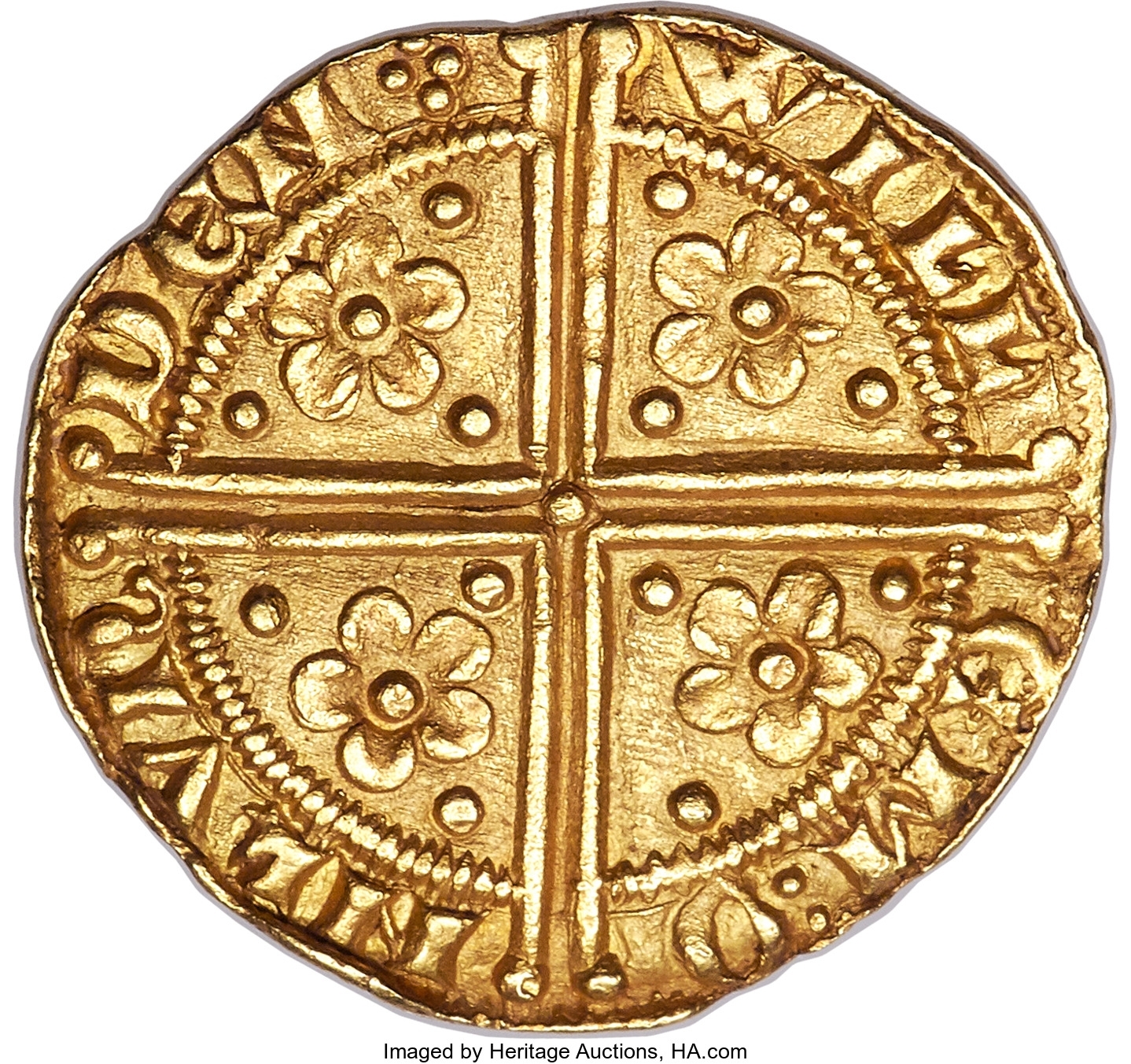Britain's first gold penny minted almost 800 years ago could sell for $500,000 at auction
Minting blunder meant coins were scrapped because amount of gold used was worth more than its face value.


One of Britain's first gold coins, most of which were scrapped after a minting blunder almost 800 years ago, is tipped to sell for between $250,000 and $500,000 at auction.
Around 52,000 of the King Henry III gold pennies were struck in 1257 before it was realised that they were too heavy.
The coins, struck by the royal goldsmith, weighed 4.2 grammes rather than the standard 3.5 grammes set.
This meant that the gold in these coins was worth more than the face value of the coin, leading holders to melt them down for gold rather than use them as currency.
By the end of 1257 virtually all of the coins were smelted down on behalf of the king and were replaced with correctly weighed pennies.
Only eight of the coins are known to exist today, with all but three of them held by institutions, including the British Museum, according to The Sun.
One coin, held by a private collector for the past 21 years, will go up for sale at Heritage Auctions in New York on 8 January, with a reserve price of between $250,000m and $500,000.
Cristiano Bierrenbach of Heritage Auctions said: "These gold pennies were the first gold coins made in England. King Henry III tried to establish a trade conversion value for a coin to match the Ducat coin which was used on mainland Europe.
"He ordered the creation of a gold coin for his kingdom to be struck at twice the weight of a silver penny. But the issue was ultimately unsuccessful.
"After that the coin was pulled from circulation and they were melted down and more gold pennies were struck at the correct weight. It is incredibly rare to come across one of these. It is a big ticket item and we expect it to go for higher than the estimate."
One side of the coin depicts King Henry seated on a throne with a sceptre in his right hand and an orb in his left.
The other side features a long cross and the name Willem on LVND. This refers to William of Gloucester who was the King's goldsmith and ultimately responsible for the error.






